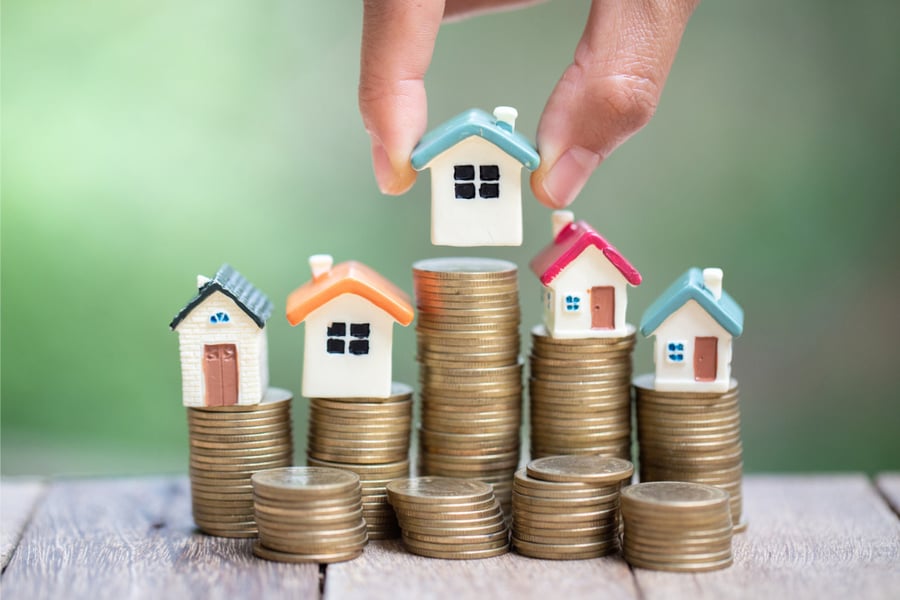But prospective buyers are finding it more challenging to take advantage of the affordability boost

Robust economic conditions before the coronavirus pandemic has powered consumer house-buying power in February.
Low mortgage rates, supported by a strong labor market, fueled a 2.5% month over month increase in house-buying power. Year-over-year house-buying was 14.6% higher than a year ago.
With house-buying power on the rise, the First American Real House Price Index (RHPI) fell 1.5% month over month and down 5.8% year over year.
New Jersey was the only state with an annual gain in RHPI, up 1.5% in February. Meanwhile, Hawaii (-8.7%) posted the greatest year-over-year drop in RHPI, followed by New Mexico (-8.6%), Colorado (-8 5%), California (-8.2%), and Utah (-8%).
While mortgage rates have declined due to the current economic instability, tighter mortgage underwriting and remain-in-place orders have made it harder for potential home buyers to make the most out of the affordability boost, according to First American Chief Economist Mark Fleming.
“As the coronavirus outbreak continues to affect the domestic and global economy, the housing market has shown that it is not immune to its impact," he said. "In March, the number of existing-home sales fell 8.5% relative to February, and the number of new listings continued to dwindle.”
Fleming also added that, during recessions, sellers often tend to pull back from the market rather than sell at lower prices.
“House prices were rising before the pandemic because of a lack of supply of homes for sale, strong demand fueled by near-record-low mortgage rates, and the robust underlying economic fundamentals of what was the longest expansion in US history until 2020," he said. “It’s reasonable to expect a reduction in home sales and a moderation in house price appreciation in this year’s spring home-buying season. Yet, transactions will continue to occur. The housing market may be down, but it may be better positioned than many believe.”



